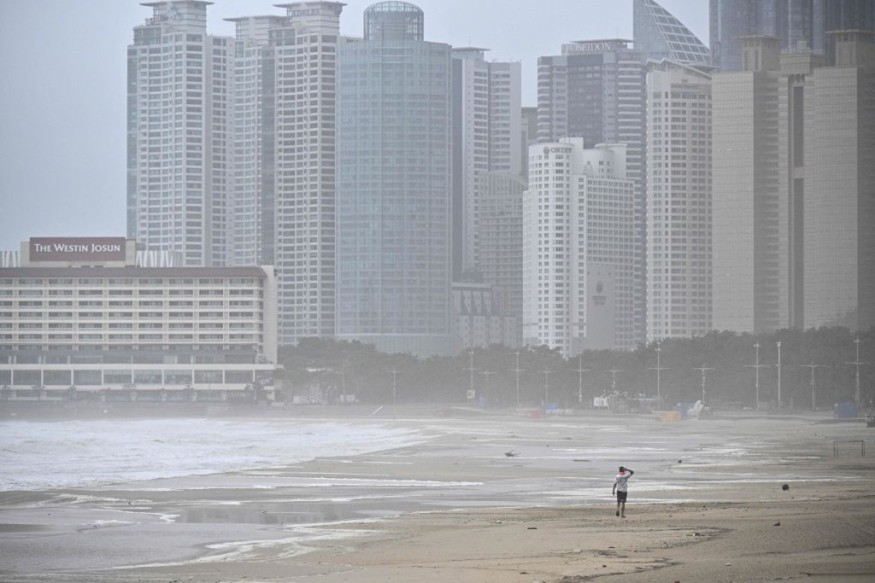South Korea can likley face a potential concern of M2.5 exposure. A report underscores fine particulate matter could cause 110,000 premature deaths by 2050.
The aging population of South Korea is a factor in the increase in premature deaths due to fine particulate matter. Communities can suffer from respiratory issues, such as the following:
- bronchitis
- asthma
Reports explain that the fine particles can potentially penetrate deep into the lungs, resulting in irritation or inflammation.
Due to the concerning effects of this exposure, the World Health Organization (WHO) emphasizes the need to reduce PM2.5 levels to address increasing respiratory risks.
South Korea's Aging Population is At Risk

According to a June 18 report, researchers monitored the current PM2.5 levels and studied the period from 2019 to 2021. The research report was published in Environmental Research.
They discovered that the average concentration in South Korea reached around 20 μg/m³, exceeding the national standard of 15 μg/m³. The researchers considered the pandemic to analyze better. The report incorporated data from both the pre-and post-pandemic periods to generate accurate findings about exposue's impact.
The report highlights if PM2.5 remain the same at the 2019-2021 average, it will become more alarming. The projection of deaths could triple from 34,000 in 2020 to a whopping 110,000 by 2050.
Considering the alarming premature deaths associated with PM2.5 exposure, the researchers noted the importance of reduction targets. The reduction in concentrations to the national standard can mitigate the potential fatalities.
According to the report, if PM2.5 levels are reduced, deaths will reach 84,000 by 2050. Additionally, stringent measures are important to maintain the 2020 levels, and mitigate the surge of PM2.5 levels. The country's aging population is another concern. The elderly deaths, which is 65 and older, are expected to surge. From 16% in 2020, it is projected to reach 40% by 2050. Older adults are more vulnerable to M2.5-related health impacts, making the situation more challenging.
In addition, the research underscores regulatory challenges to reducing PM2.5 concentrations and improving air quality. As a result, stringent regulatory actions are urgently needed.
Also Read Article : Reducing Air Pollution Benefits Plants' Ability to Fight Climate Change
Other Health Risks
Increasing levels of exposure leads to public health risks, particularly for the aging population and people with chronic diseases.
In addition to respiratory risks, exposure to PM2.5 is linked to an increased risk of cardiovascular disease. People are also more vulnerable to the following:
- Arrhythmias
- Heart attacks
- Stroke
The small particles can result in oxidative stress and inflammation, potentially damaging blood vessels and increasing blood pressure.
Other health risks of long-term exposure are cancer and neurological effects.
Related Article : Over 50,000 Californians Died Prematurely In A Decade Due To Exposure To Wildfire Smoke Toxic Particles
For more similar stories, don't forget to follow Nature World News.
© 2025 NatureWorldNews.com All rights reserved. Do not reproduce without permission.





